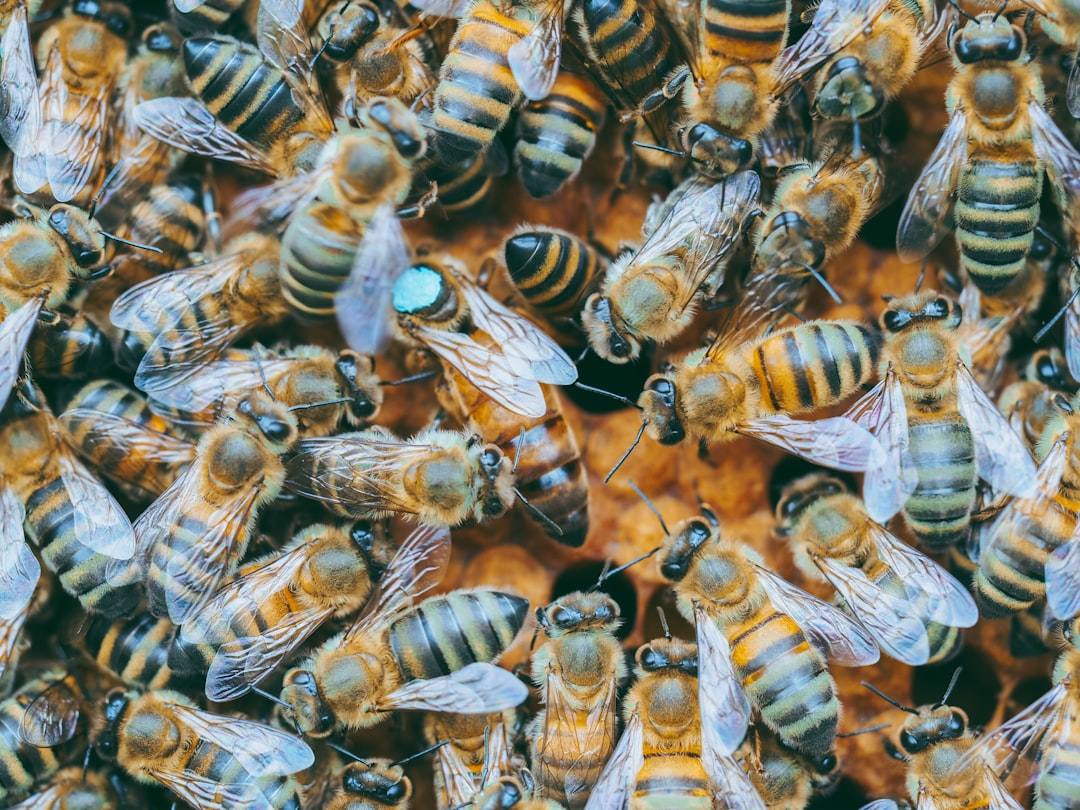Colony Collapse Disorder (CCD) is a complex and multifaceted phenomenon that has been affecting honey bee colonies worldwide for decades. Characterized by the sudden disappearance of worker bees from hives, leaving behind the queen and brood, CCD has significant implications for global food security and ecosystem health. Here, we delve into current research and global perspectives on CCD, exploring its causes, impacts, and ongoing efforts to address this issue.
Understanding CCD
CCD was first identified in the early 2000s, with widespread reports of mysterious bee disappearances in North America and Europe. The disorder is not a single disease but rather a syndrome resulting from a combination of stressors, including pathogens, parasites, pesticides, poor nutrition, and environmental factors.
Current Research
Recent studies emphasize the role of multiple stressors in CCD. For instance, research suggests that colonies affected by CCD often have higher levels of pathogens and more types of pathogens than unaffected colonies. Additionally, environmental factors such as pesticide exposure and climate change are increasingly recognized as contributing factors.
Global Perspectives
CCD is a global issue, with reports of similar phenomena in Asia and Africa. In Europe, beekeepers have observed significant colony losses, often attributed to a mix of environmental and disease-related factors. In the United States, recent years have seen alarming colony losses, with some beekeepers reporting over 50% losses, raising concerns for pollination services critical to agriculture.
Impacts of CCD
The economic and ecological impacts of CCD are substantial. Many agricultural crops rely on honey bees for pollination, with the global value of pollination services estimated at over $200 billion annually. The decline in bee populations can lead to increased costs for farmers and reduced crop yields, affecting food security worldwide.
Addressing CCD
Efforts to combat CCD involve a multifaceted approach:
-
Integrated Pest Management (IPM): Implementing practices that minimize chemical use and promote colony health.
-
Research and Data Collection: Ongoing surveys and studies aim to identify specific causes and develop targeted interventions.
-
Collaborative Initiatives: Organizations like Project Apis m. and the American Beekeeping Federation are working together to support beekeepers and ensure stable pollination services.
Conclusion
Colony Collapse Disorder remains a pressing concern for beekeepers and the broader agricultural community. As research continues to uncover the complex interplay of factors contributing to CCD, global collaboration and innovative management strategies are crucial for mitigating its impacts. By understanding CCD and working together to address its causes, we can help protect these vital pollinators and ensure the long-term health of our ecosystems and food systems.
Citations:
- https://npic.orst.edu/envir/ccd.html
- https://en.wikipedia.org/wiki/Colony_collapse_disorder
- https://gvwire.com/2025/02/24/1-1-million-bee-colonies-died-this-winter-race-is-on-to-learn-why/
- https://theconversation.com/ten-years-after-the-crisis-what-is-happening-to-the-worlds-bees-77164
- https://www.youtube.com/watch?v=VOCis4ZPfp8
- https://www.tandfonline.com/doi/full/10.1080/02604027.2021.1974265
- https://nationalnutgrower.com/news/beekeeper-input-survey/
- https://pmc.ncbi.nlm.nih.gov/articles/PMC2715894/

Comments
No comments yet. Be the first to comment!
You must be logged in to comment. Login